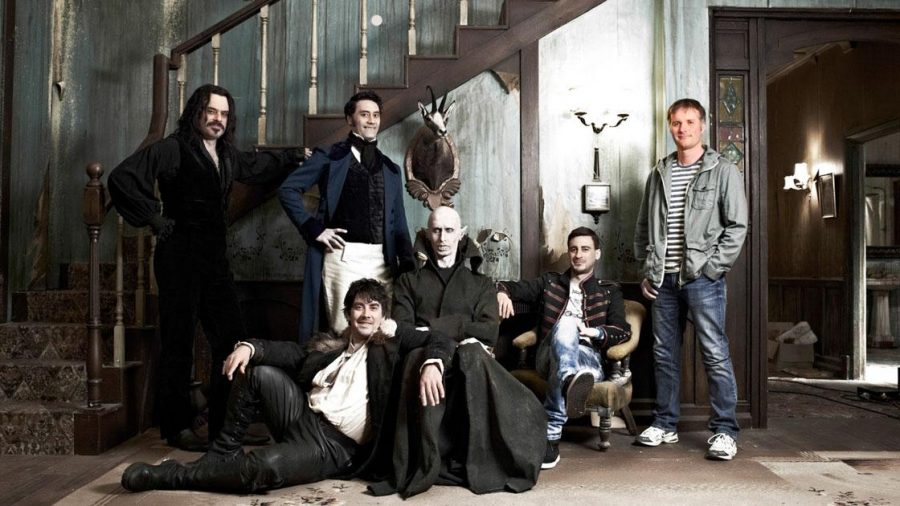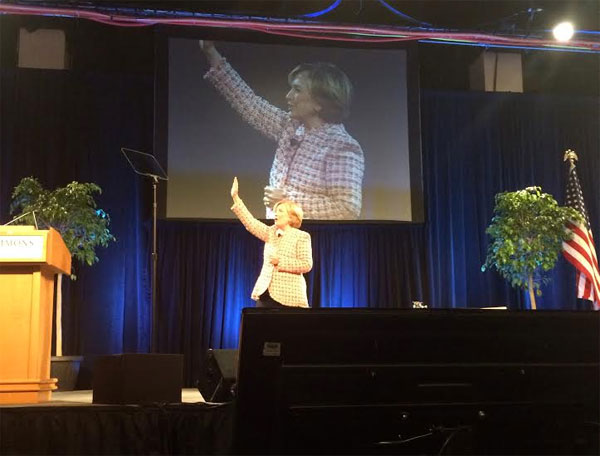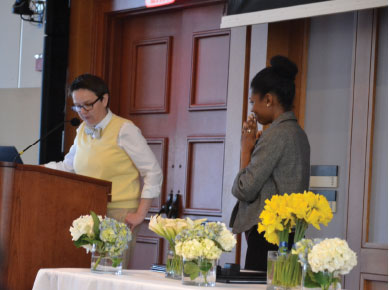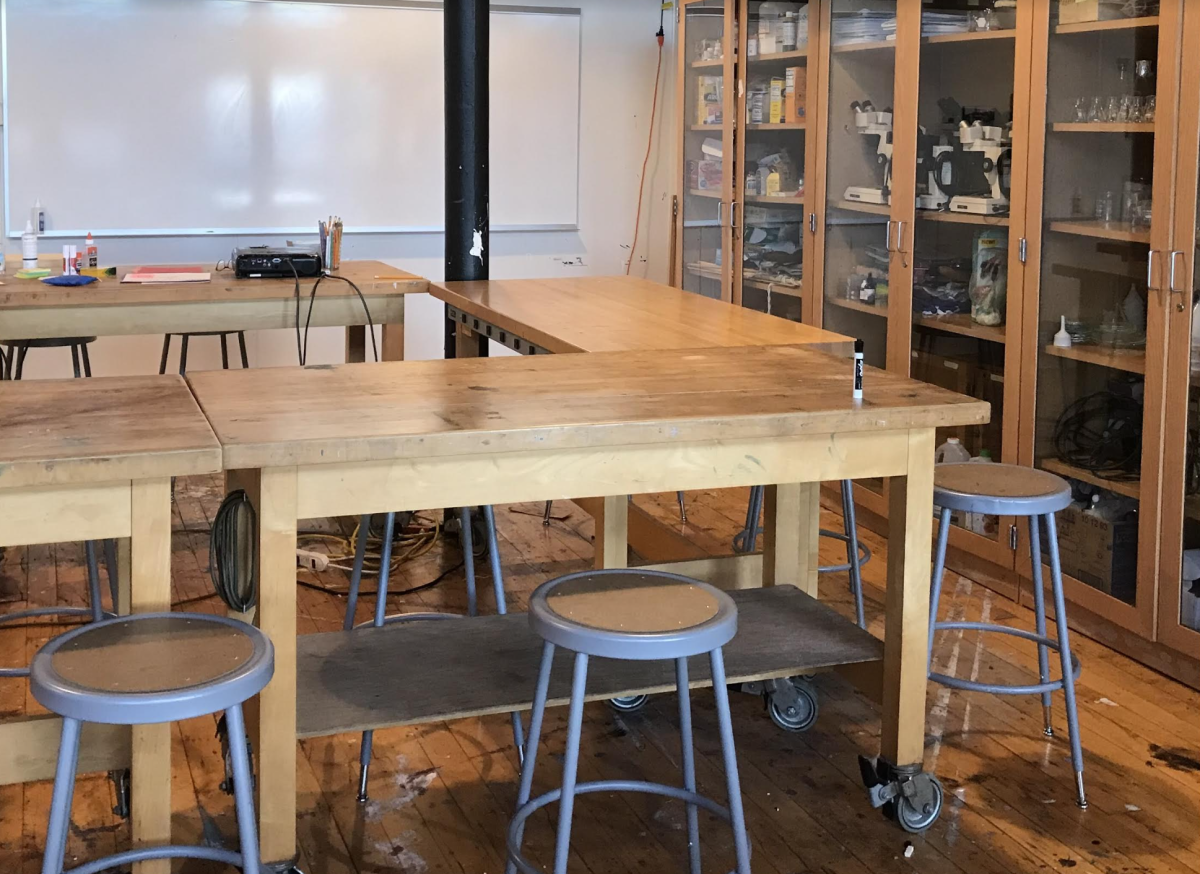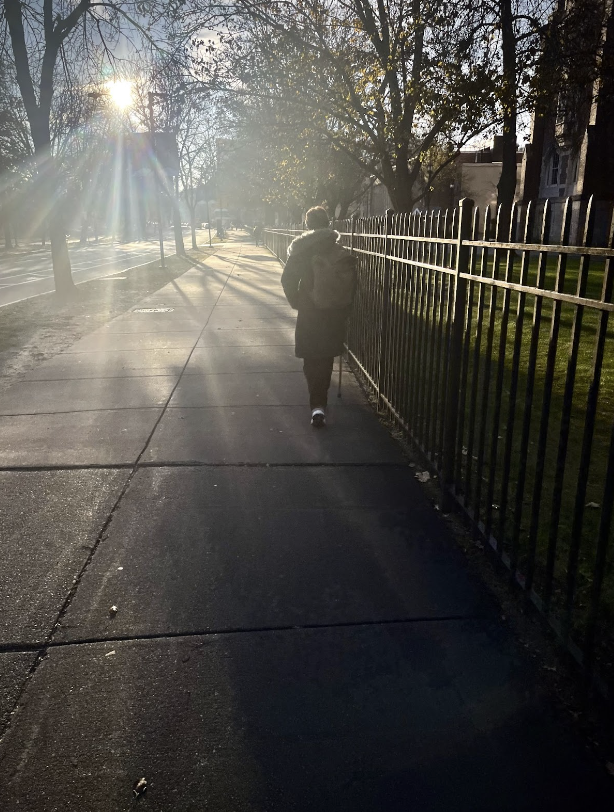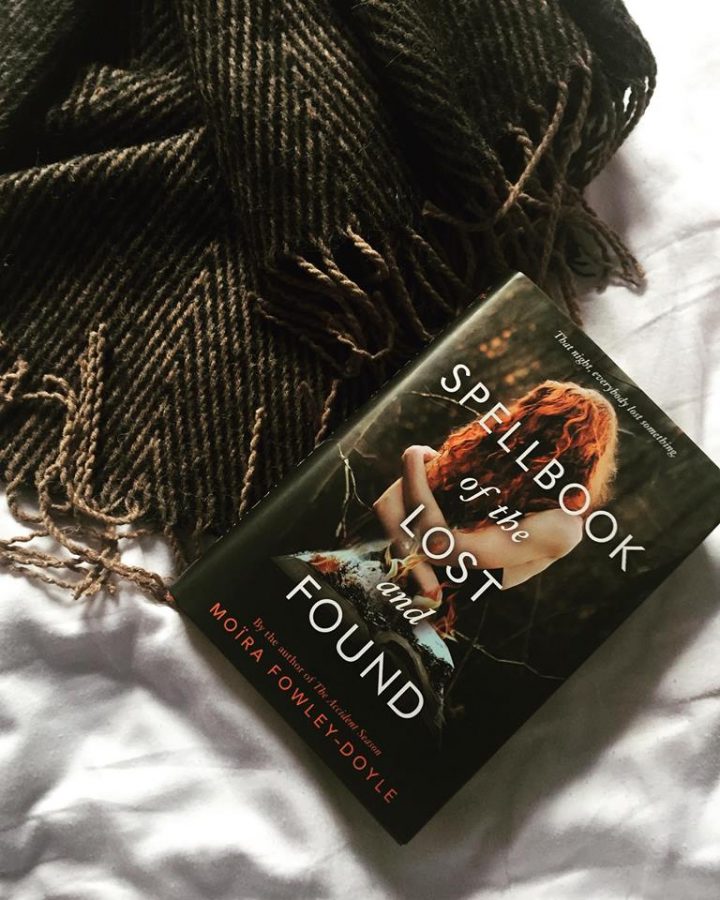By Haley Costen
Staff Writer
Simmons College’s new provost Katie Conboy leads in a way that all administrators should take note of: by putting students first.
Conboy says she learned to do this through her extensive teaching experience at a small university like Simmons, where community-building was part of the academic culture.
Before coming to Simmons in July, Conboy spent 26 years as a faculty member, and later provost at Stonehill College, a small catholic liberal arts college in Easton, Mass., with a total enrollment of just under 2,500 undergraduate students.
At Simmons, where the total enrollment is close to 5,000, including 1,800 undergrads and over 3,000 graduate students in five schools, her job is to be the chief academic officer of the college. She is ultimately responsible for the curriculum, faculty, and all academic support services (the library, registrar’s office, advising, career education center, and more). However, she operates on a level of openness that almost doesn’t seem to fit her title.
It’s not uncommon to see her laughing with a group of faculty members or deans while walking to class in the Main College Building, or to see her sitting at a table filled with students at a college event. Not to mention her first “reflections” email she sent out to students to connect after her first three months at Simmons and her office hours for students to speak with her and ask questions.
“I was a faculty member before I was an administrator, so I was always interested in students,” Conboy said from her seat at the small round table in her light blue office. “I’ve always had a way in which I connected with students because I connected with them first in the classroom. When I became an administrator—because I was in charge of the academic portion of a student’s experience, I always thought about students.
“I was thinking ‘how do we know this is good for students? How do we know what students are looking for unless we talk to them and ask them those things?’”
Conboy said that some administrative roles, like the Chief Financial Officer or Advancement Officer, are harder to involve students in, but considers her job as provost a student-facing role.
“Even though I have to work on the budget, and think about donors and advancement, I always think there should be a significant portion of time that’s spent on what we’re really here for,” she said with a smile. “We’re here for students, and we’re not here just to offer them, you know, a social experiment where they live together in residence halls. We’re here to offer them an education.”
“You make the classroom experience more meaningful if you can tie it in some way to the rest of students’ lives. I like to know more about how the rest of their lives are so I can do that,” Conboy added.
It’s obvious from asking a few questions about the décor in her office that Conboy has a passion for students. A few feet to the right of a gargantuan clock behind her desk that reads “Paris” are a series of three black and white photographs.
Conboy said that 10 or 12 years ago, she bought the photographs at a student art show. They were taken in Paris by a Korean student who had never used a camera before the Stonehill photography course, which Conboy herself had also enrolled in.
“I often buy student art, you know, and I’ve just had them in my office ever since,” she said.
Among the other treasures that adorn her walls and bookshelves are the Korean version of her book “Writing on the Body: Female Embodiment and Feminist Theory,” along with the cover art on the wall by her door; a collage by Candace Walters, a Stonehill faculty member whose work is also in the in the permanent collection at the Museum of Fine Arts , titled “fairy tale,” that depicts a woman with bare breasts and fairy wings on a bright blue background; and Japanese calligraphy which Conboy watched the artist create.
In her bookshelves are dozens of well-worn classics like “Wuthering Heights,” but above her shelf is an intricately designed gold, green, and red patterned copy of Dickens’ “Bleak House.” It’s a first edition, she said—a gift from her colleagues at Simmons.
“Somebody asked me if I liked ‘Vanity Fair’ or ‘Middle March’ better, and I said I liked ‘Middle March’ much better, but that I liked ‘Bleak House’ better than either of them. And when I arrived on my first day, those colleagues came to me and presented me with a first edition,” Conboy said, adding that she’s reading the novel once again.
Reading, along with listening to music—particularly jazz— and hitting the gym every morning before her commute to work from her home in Milton, are among her favorite hobbies. While Conboy enjoys reading new things, she often finds herself reading texts she used to teach at Stonehill.
Much of Conboy’s emphasis on classroom experience and empathy for students comes from her years as an English professor at Stonehill. Her own academic studies include British fiction, Irish literature, and feminist theory.
“I had no interest in becoming an administrator,” Conboy laughed. “I was a complete accidental tourist.”
At 41, with three daughters all under the age of 12, and after only just being promoted to being a full-time professor and chair of the English department, Conboy was asked by the president of Stonehill to replace a dean who had stepped down from his position halfway through the year.
“I wasn’t looking for a job—I already had a job— I wasn’t interested in being an administrator. And they said ‘Oh, will you just do it for six months?’” she recalled. “I should have realized it was going to be 18 months, because six months later the president announced he was going to be stepping down in six months.”
Knowing that the new president would need stability, she agreed to stay in her position only until the college found a replacement, determined not to be an administrator. However, when the search for a replacement failed, Conboy found herself trapped.
“After a year and a half, everyone turned to me and said ‘I think this search failed because there’s a candidate who won’t be a candidate,’” Conboy laughed.
Finally, unwilling to see the initiatives she’d started fizzle out, Conboy embraced the title of provost and carried on all the way to Simmons.
“These are really rewarding roles,” Conboy said. “It’s more directly and immediately rewarding to be a faculty member—in many ways I’d get so much more everyday by going into a class and talking with students, and arguing, and thinking about literature. I’d get an immediate response. But when I look back at Stonehill, and I hope I can say this when I look back at Simmons, I can say I helped put some things in place that helped touch every single student who went through that place.”
“I certainly enjoy the classroom in a way that I don’t enjoy the administrative lifestyle—I mean, I’m in meetings all day long!” she laughed, waving her arms. “It’s deadly in many ways. But when you get a great idea and people are excited about it, and you actually have the resources to make it happen—that’s a powerful thing to be involved in.”
Joe Favazzo, Conboy’s successor as provost at Stonehill, worked with her closely for seven years as a dean. As Conboy’s former “number two guy,” he has firsthand knowledge about collaborating with her.
“She has incredible people skills,” Fazazza said, laughing fondly during a phone interview. “She’s very attentive to situations and how to engage others in moving forward, and is very good at giving a voice to people.”
“She embodies collaboration,” he added. “Katie would much prefer someone else gets credit for a project. Her ultimate goal is to build a community.”
Conboy expressed this goal when reflecting on her choice to leave Stonehill, the institution she’d built her career at for nearly three decades, to come to Simmons.
As one of four sisters, the mother of three daughters, and a scholar of feminist theory, the fact that Simmons is an undergraduate women’s college was certainly appealing to Conboy.
“I feel that what happens at Simmons on an undergraduate level is something that I have kind of a personal and professional interest in,” Conboy said. “But the undergraduate women’s college is a mission related question—I like institutions that have a strong sense of what their mission is, and have a strong sense of why they do what they do. Even in the graduate schools, every school seems to have their own guiding principles and reason for being.”
Location was also a big factor in why Conboy chose Simmons.
“I think educational institutions can have huge impacts on their environments, and urban environments tend to have a lot of needs. I like to think of ways that those needs can be connected to learning opportunities for students,” Conboy said. “We collaborate with the community, and we ask where we can offer something, and in return we’re getting a lot out of those collaborations too. The partnership aspect of that is something that cities offer a lot of rich opportunities for.”
Conboy hesitated as she continued on.
“I guess…on some level…the biggest attraction was that I can make a difference here,” she said. “I wasn’t interested in going somewhere just for prestige. I wanted to go somewhere, where, you know, there’s work to be done, and maybe I was someone who could do that work. And where I can say whenever I’m done with that work, ‘Hey, I can look back and say that I made a difference there.’
“I didn’t come to Simmons because I thought, ‘I’ll go there for a couple years, then I’ll move on.’ I came to Simmons because I thought if I went there and ended my career there I’d be just fine. If I’m done earlier than that and there’s some other move in me, we’ll see about that,” Conboy said, “but I came here to be here, not to do anything else.”



